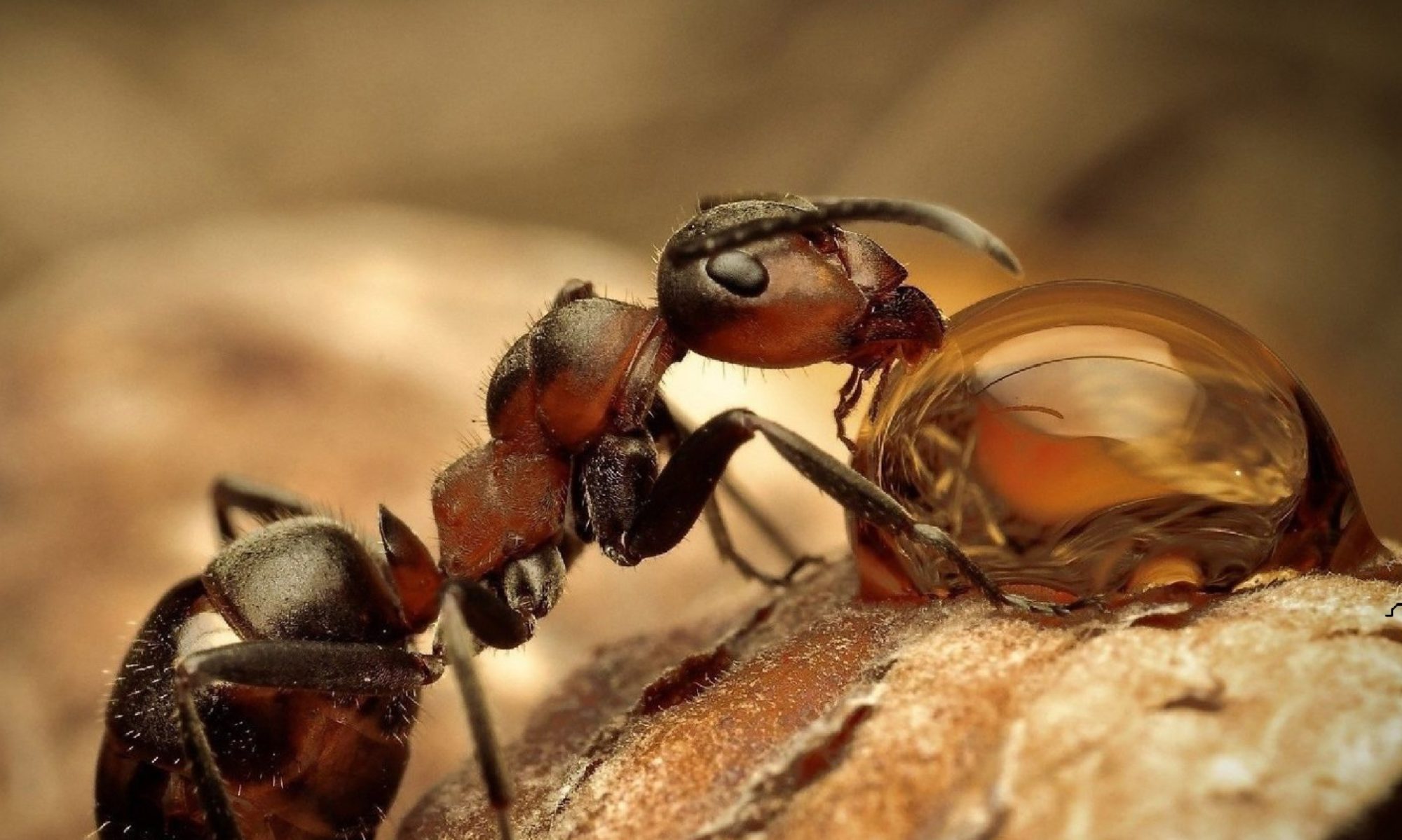Ants and termites have a pretty solid method of defense — overwhelming the enemy with swarms of soldiers and/or workers. But out of all the ways insects can defend themselves, suicide in the form of exploding — known as autothysis — is a viable option for some species. It seems rather silly but it’s quite effective.
Autothysis is a process in which the creature in question causes itself to explode and takes its name from the Greek roots “self sacrifice”. This is accomplished by rupturing a large gland usually found either near the head or in the abdomen. When the creature has successfully exploded, the enemy is coated with potentially corrosive material or tar-like substance that can slow or halt the assault.
Only a number of species of termites have developed this method of defense and even fewer species of carpenter ants have resorted to this method. Some termite species utilize autothysis because they do not have workers to defend the colony. Ant species that utilize autothysis take it to the next level, attempting to latch onto the enemy before exploding. This kills the attached enemy and any other invader that is hit.
